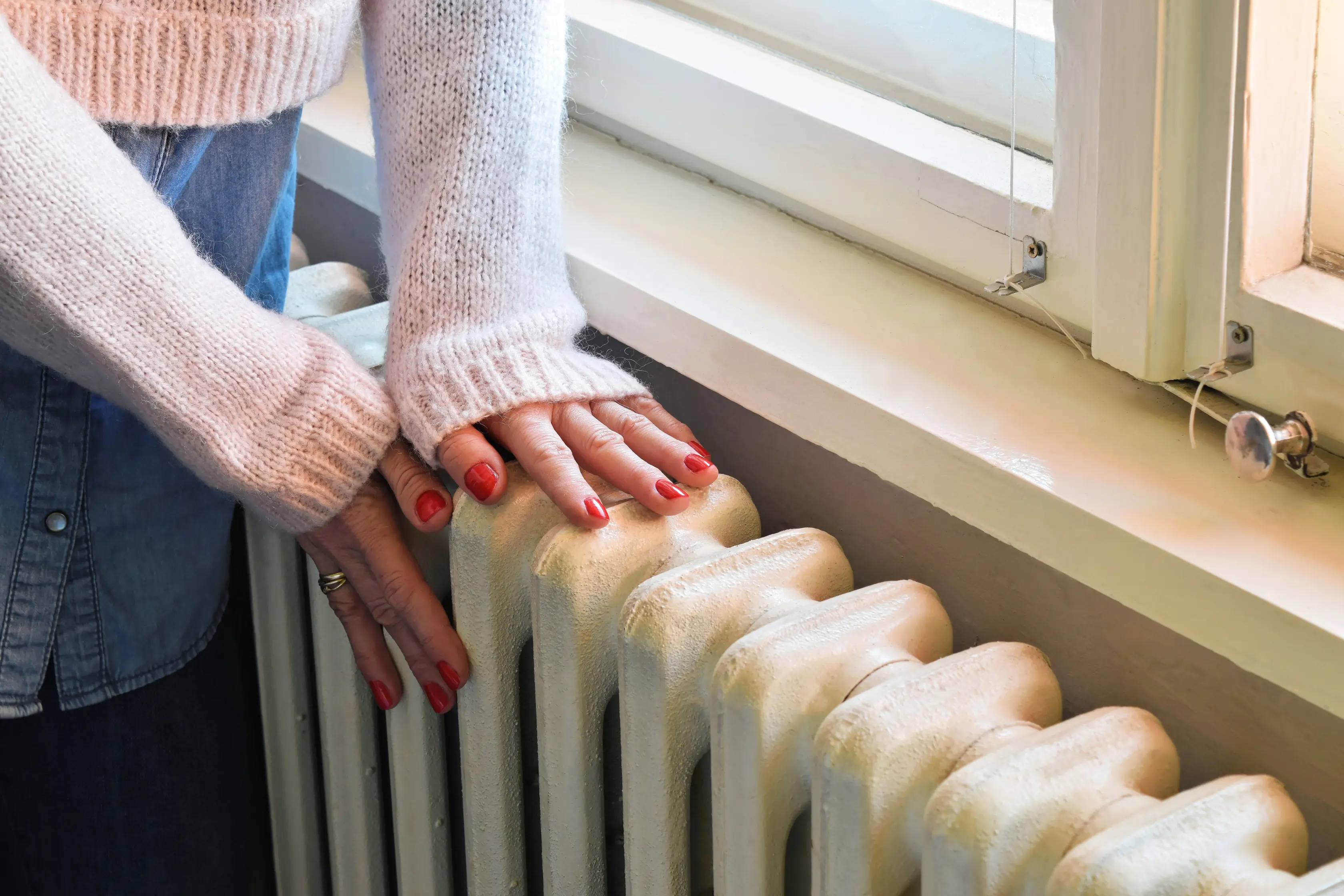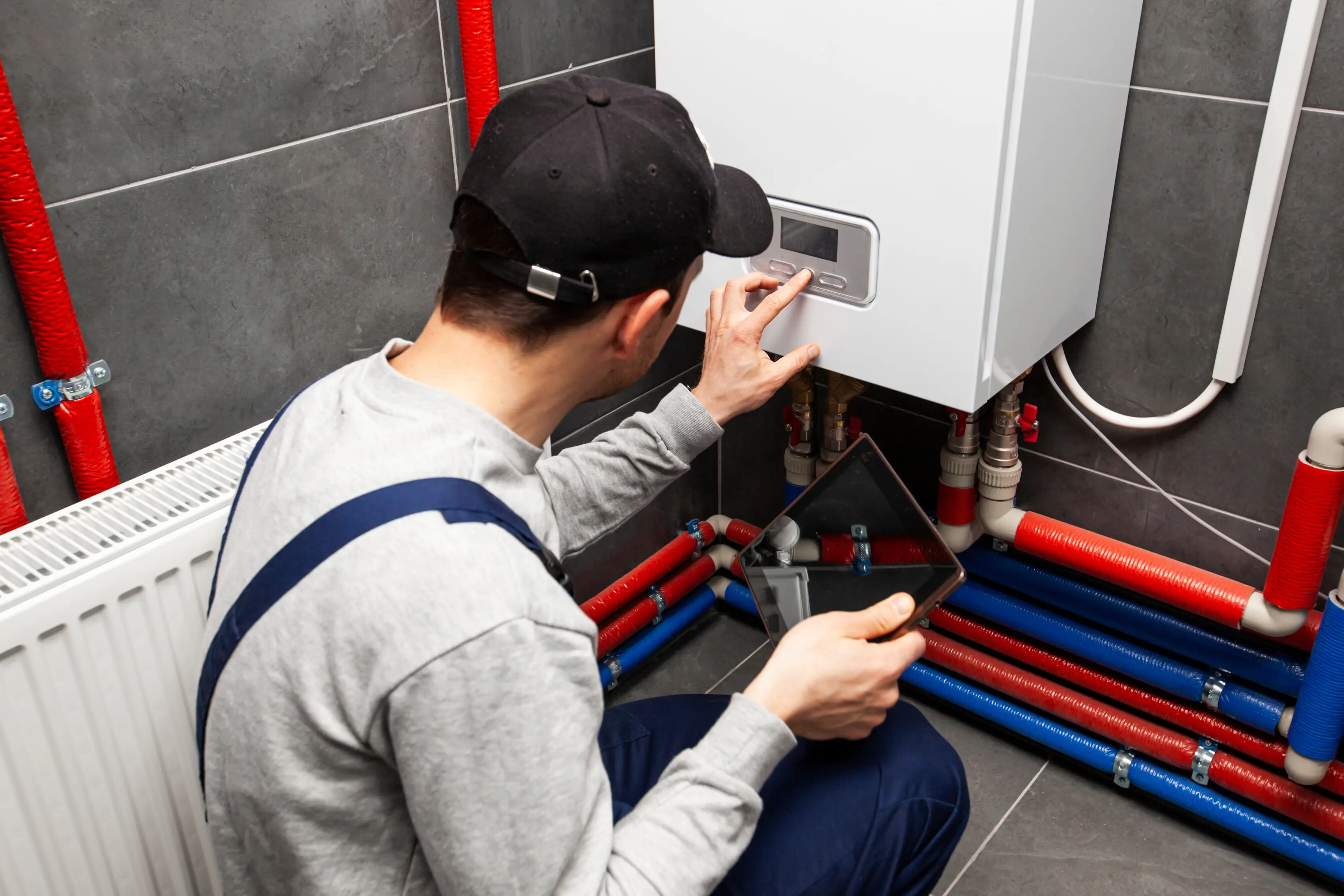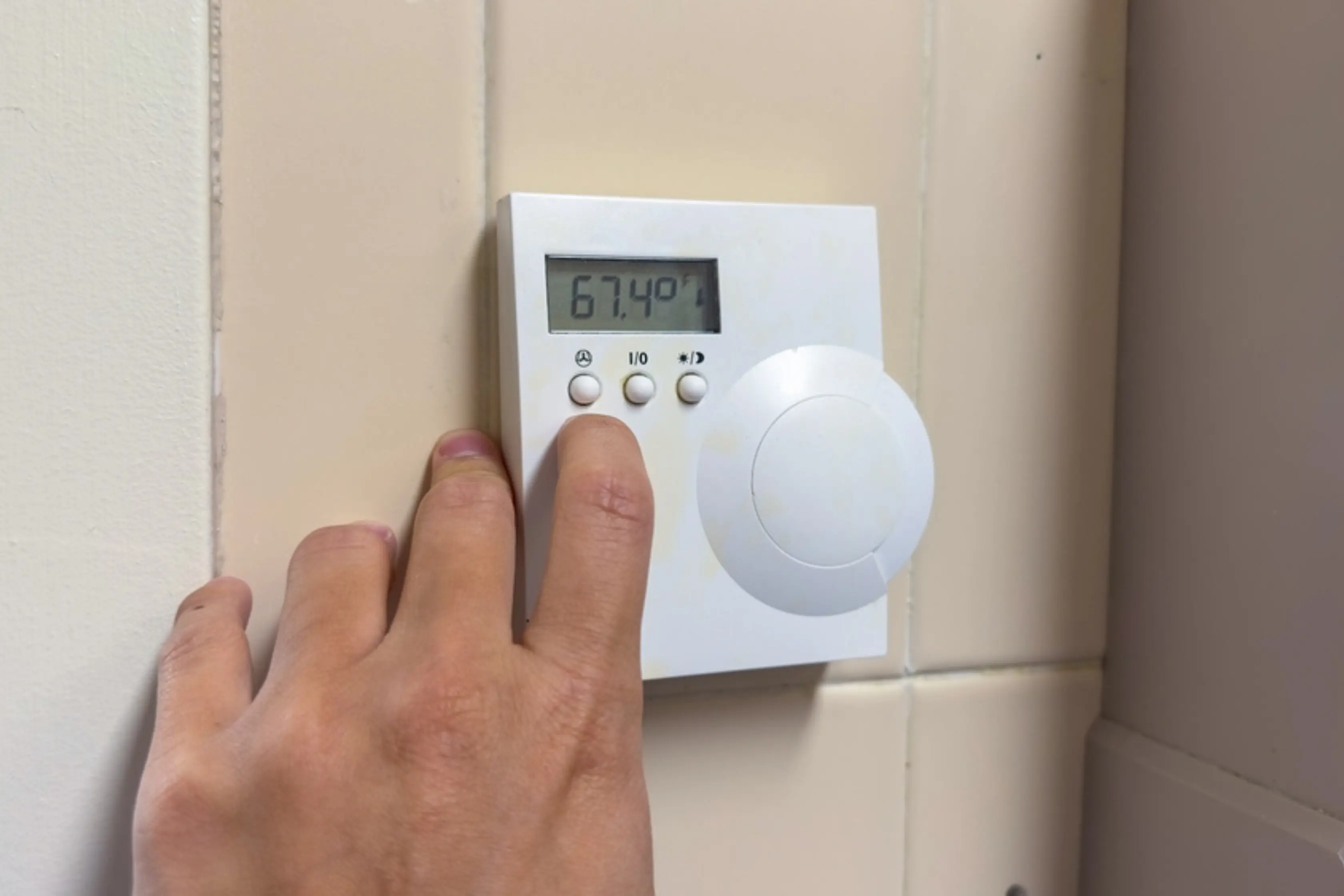Welcome to the blog on how to balance a central heating system in the best possible way. It is recommended to balance the heating system in every household. The purpose of balancing is to ensure an even distribution of heat to each radiator or hot water coil in the house. In properties with extensive pipe runs, the radiators at the end may not receive adequate heat. Similarly, some houses may have upstairs radiators that are excessively hot while downstairs radiators are only lukewarm due to convection. Balancing the system can address these issues effectively.

Why Should You Balance Your Heating System?
Essentially, the process of balancing a heating system involves directing a greater amount of water towards the cooler radiators while limiting the water flow to the ones that are overheating.
Hot water has a tendency to rise to the upper parts of the radiators in your home, particularly those on the first or second floor, where it remains. Additionally, it has a tendency to accumulate near the boiler. The farther it is from the boiler, the cooler it becomes.
Adjusting the radiator valves by opening and closing them allows you to redistribute hot water, ensuring that all of your boilers are heating your home as desired.
Balancing your heating system enhances its efficiency, therefore reducing energy costs and improving performance throughout the chilly winter season. But how often should I put an inhibitor in the central heating system? Well to keep it simple we recommend it at least once a year.
What Causes An Unbalanced Heating System?
Whether it be radiators that are affected, the way your shower heats up or a more all round problem, there are a few key reasons in which a heating system can become unbalanced.
- Sludge And Debris
- New/Upgraded Heating Elements (E.G Radiators)
- Misuse Of Radiator Valves
If they don't heat up equally that tends to be a key sign that your system is not balanced properly and leads you to wondering how do you balance a central heating system properly? Firstly let's get into why we should do it.

How To Balance Central Heating Step By Step
Ready to learn how to balance a central heating system. Below is a simplified step by step guide so you can easily balance your central heating.
1.Turn Off Heating-
The first step is as simple as it sounds, turn off your full heating and let everything cool down until cold.
2.Learn About Valves
A lock shield valve is equipped with either a push-on cap or a cap that is fixed in place with a screw at the top. Remove the cap entirely. Most modern homes are equipped with Thermostatic Radiator Valves (TRVs) that are usually attached to the radiators on the opposite side of the lock shield valves. It is important to fit the TRV to the inlet of the radiator and the LSV to the outlet.
3.Open Radiator Valves
Turn all the radiator valves counter clockwise to open them. You can easily turn thermostatic or wheel-head valves by hand, but you'll need a plastic adjuster or a spanner for the lock shield valve.
4.Check Heating Heat Up Order
Once you have successfully opened all the valves, turn on the central heating and make a note of how the radiators heat up, especially if you have a big house with multiple rooms and radiators. It might be helpful to seek assistance to ensure everything is done correctly.
5.Turn The Heating Off
Remember to switch off the heating and give the radiators some time to cool down. It's a perfect opportunity to try out some yoga or other activities. This helps in maintaining a balanced flow of water and heat in your system.
When adjusting the temperature of your radiator and valves, it's important to make small adjustments. Starting from a cold state is the best approach to achieve the desired effect.
Begin by closing the valve of the first radiator and gradually open it until you reach the desired temperature. If your radiators are unbalanced, it will be more challenging to reach the desired temperature if they are already in use.
6. Go To Radiator That Heats Up First
If the radiators are cool, switch the heating back on and go to the radiator that started heating up first on your list. Close the lock shield valve by turning it clockwise until it's shut, then open it slightly by a quarter turn.
7. Take Temperature Of It And Pipework
After the radiator has been heated, gauge the temperature of the pipework connected to one of the valves.
8.Check Your Remaining Radiators
Make sure to inspect the remaining radiators in the sequence listed. Typically, the lock shield valve will need to be opened more the farther the radiator is from the boiler. To properly balance your radiators, you might need to fully open the lock shield valve at the last radiator.
9.Enjoy Your Fully Balanced Heating System
Kick back and enjoy perfect heating with your new balanced system.
How To Balance A Central Heating System Without Thermometers
It can be seen as tricky to balance radiators without a thermometer, but it's not impossible. You can do it by following these easy simple steps:
- Beginning with the radiator closest to the boiler, open the valves fully
- Gradually close the lock shield until it begins to be cooler than the rest of your radiators.
- Then complete the process with your other radiators
- Monitoring the temperature of each one throughout.

FAQ’s
How Do You Balance A Radiator?
Not sure how to balance a radiator? Take a look through our simple step by step guide to put your mind to rest when wanting to know how to balance central heating radiators
How Do You Find The Inlet and Outlet Of A Radiator
Are you not overly confident where to find the inlet and outlet of a radiator? Check out our easy read blog for more information.
How Do I Check Radiator Valves?
Are you looking for a step by step guide on how to check if your radiator valves are open. Our blog will have you totally covered
How To Balance A Central Heating System With TRVS?
Make sure to open your thermostatic radiator valves (TRVs) completely when you are balancing your radiator. To do this, turn the TRVs anti-clockwise until they can't be turned any further.






















